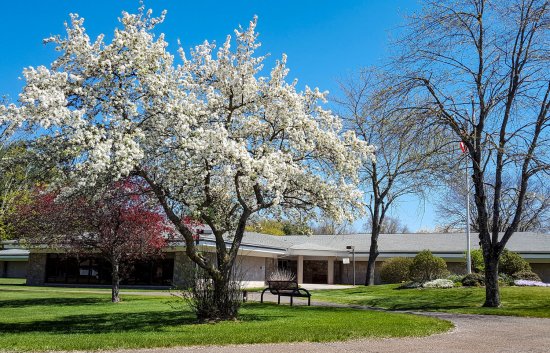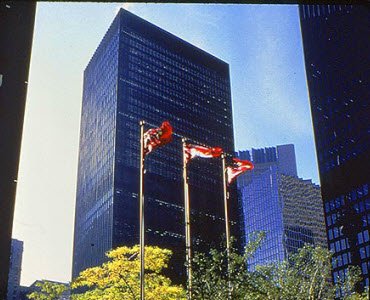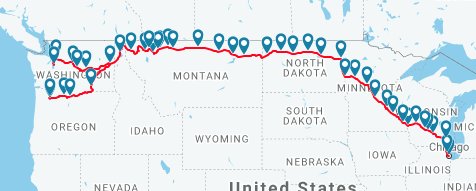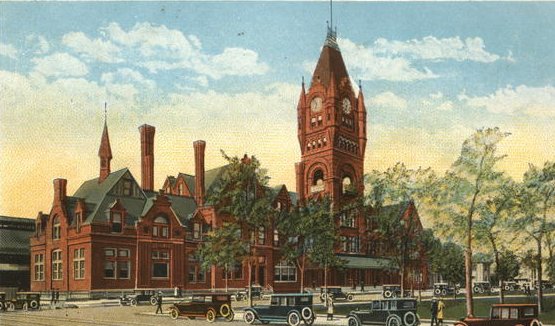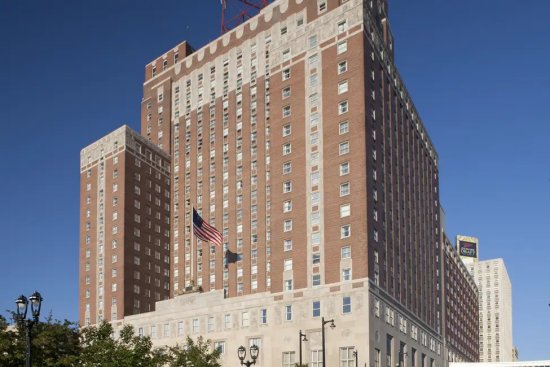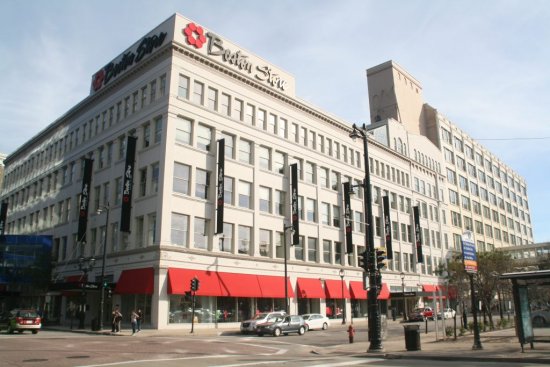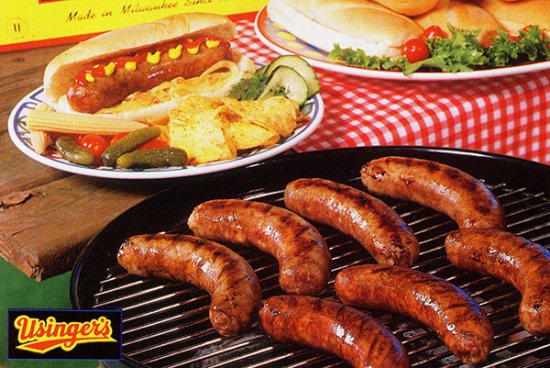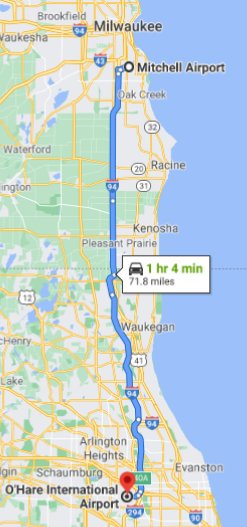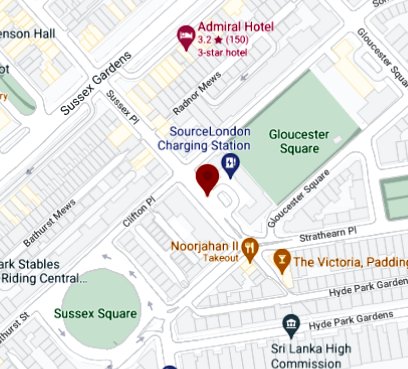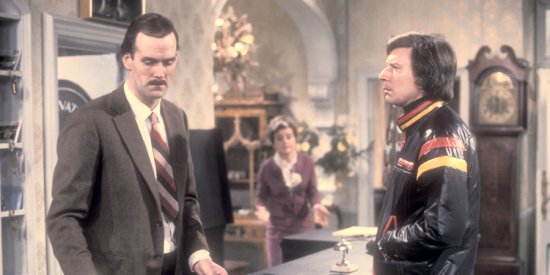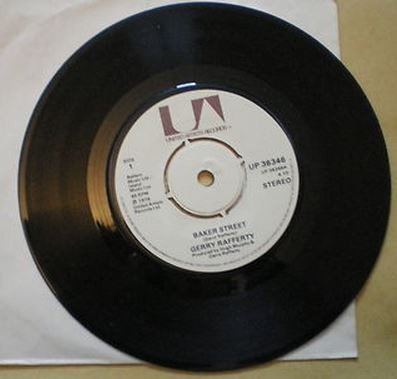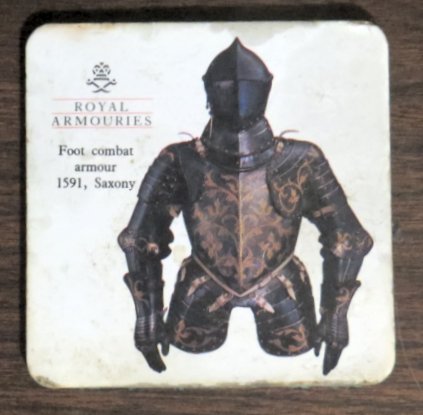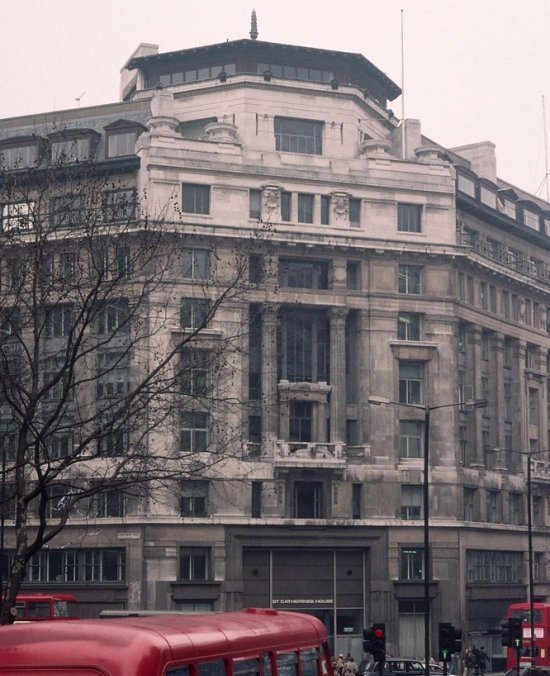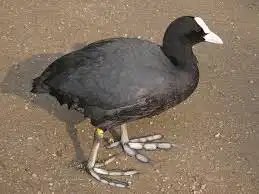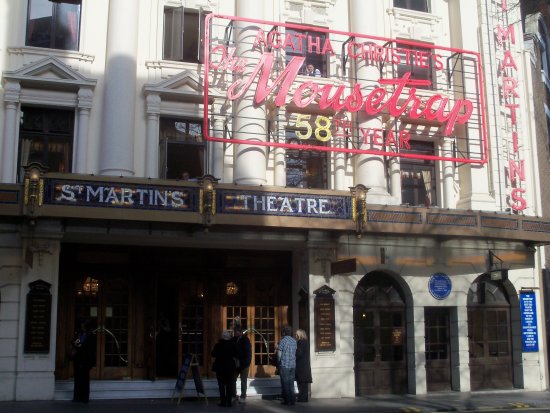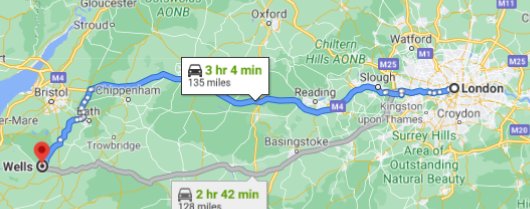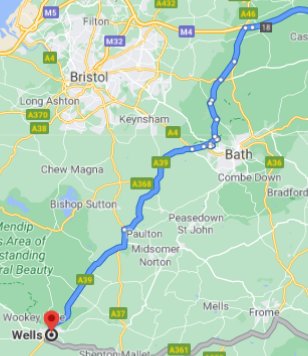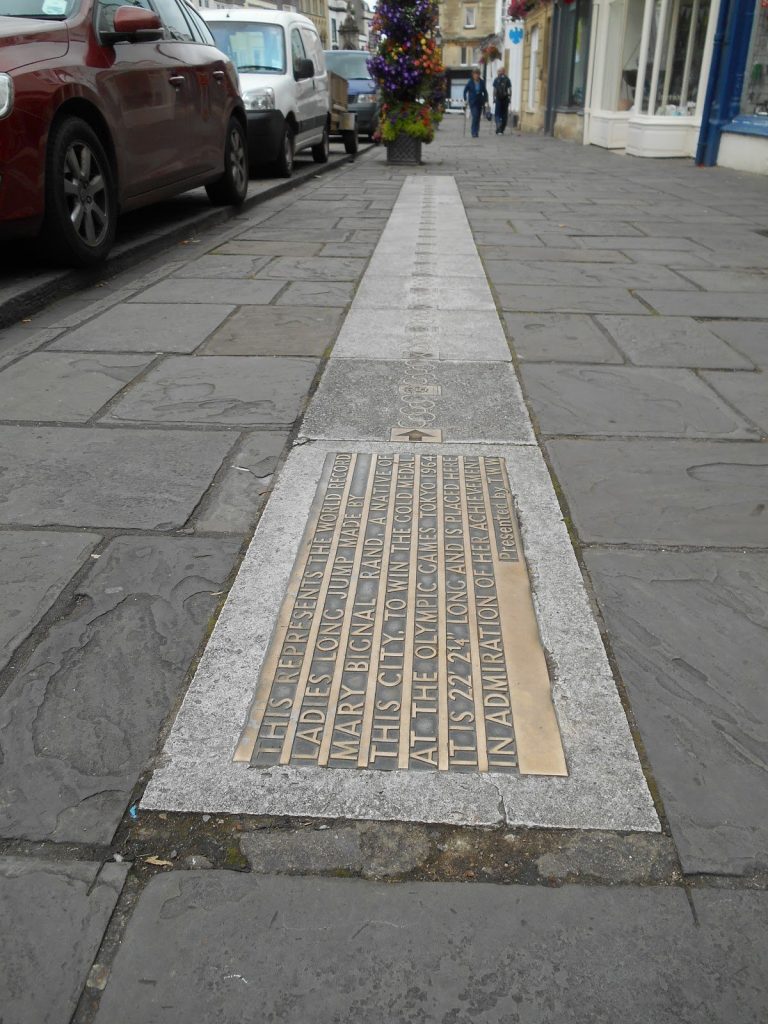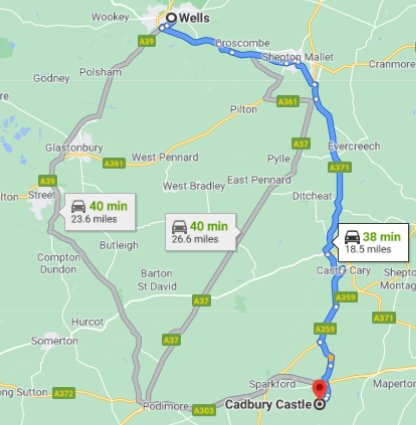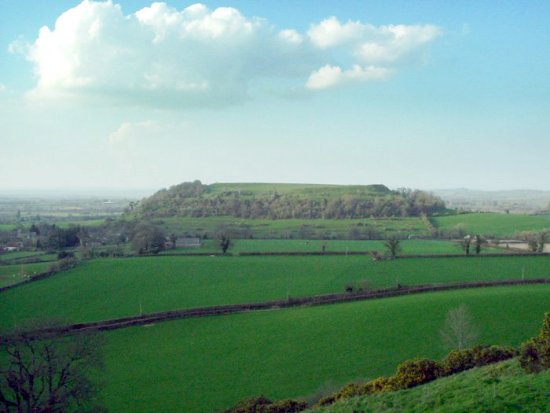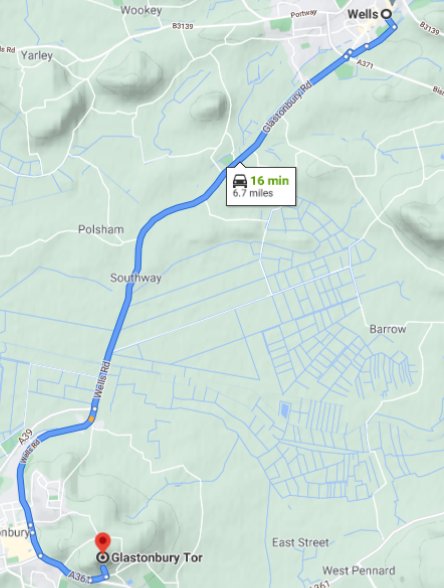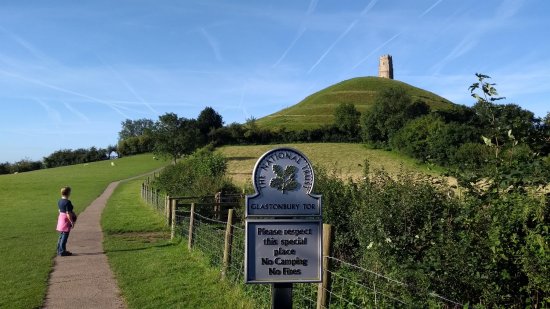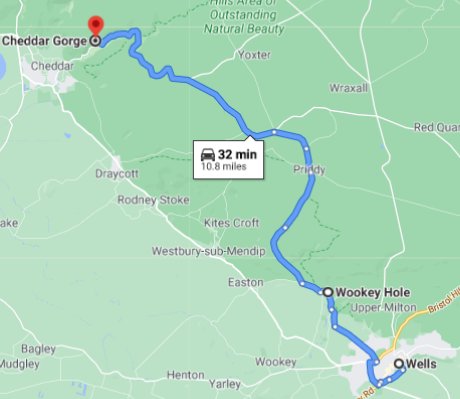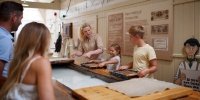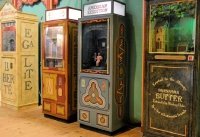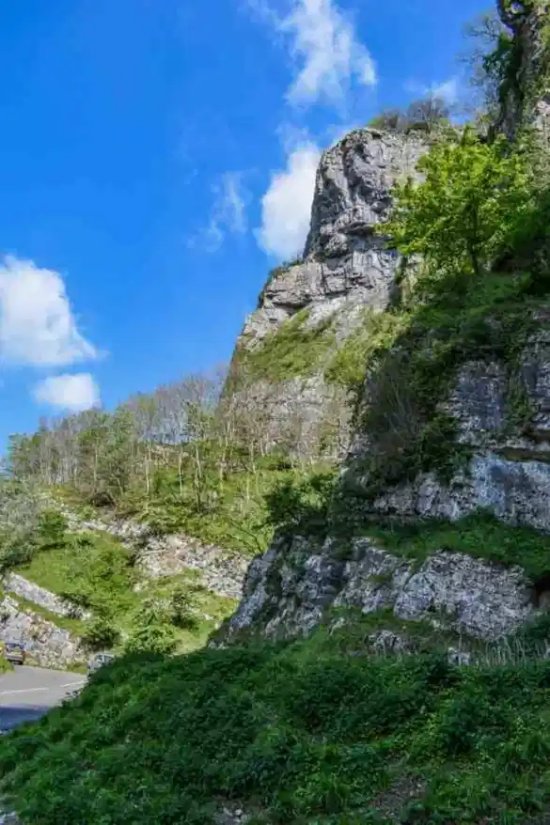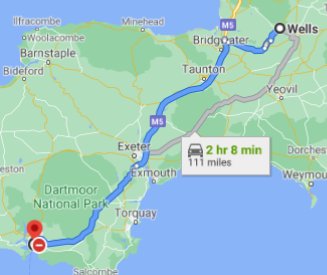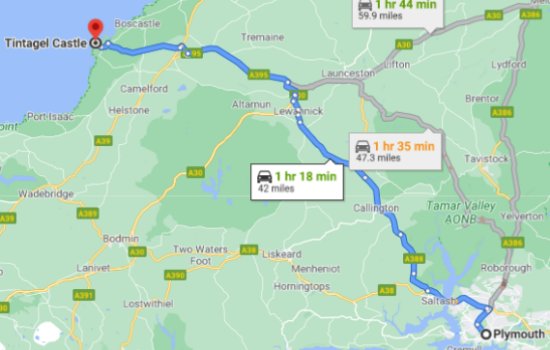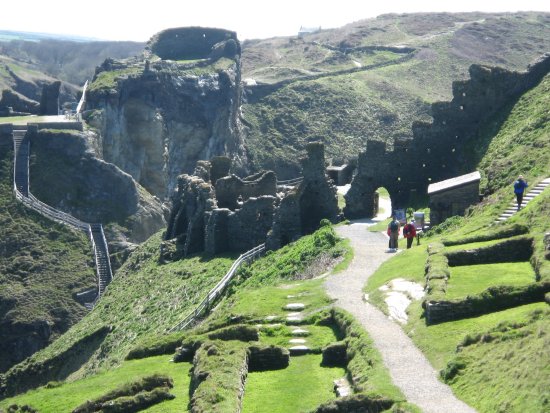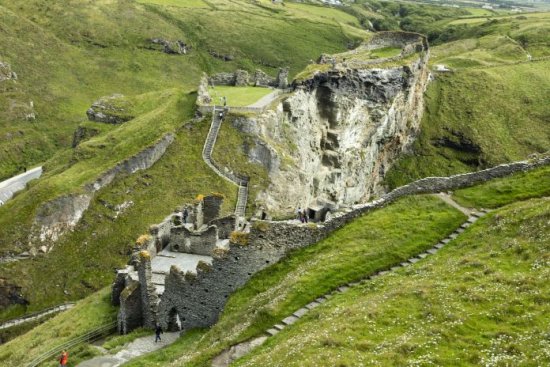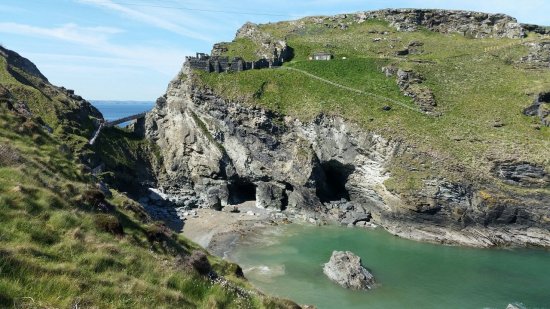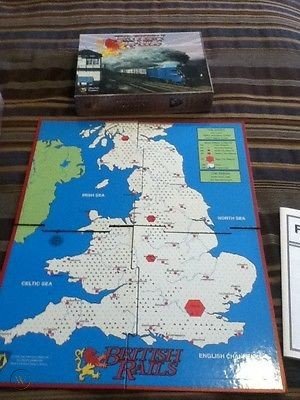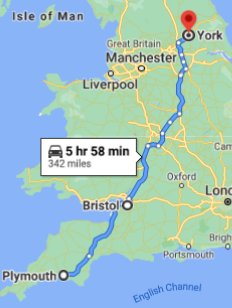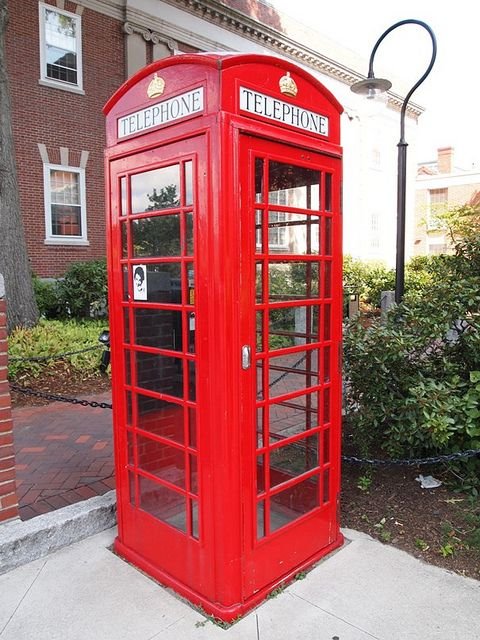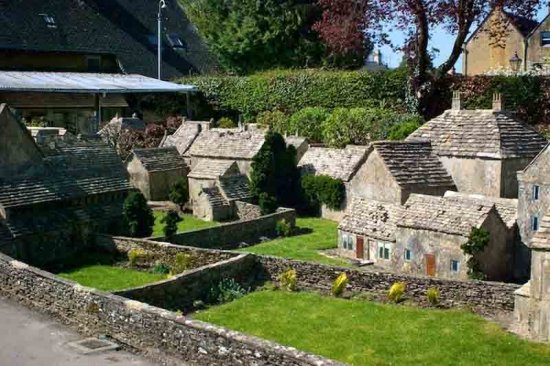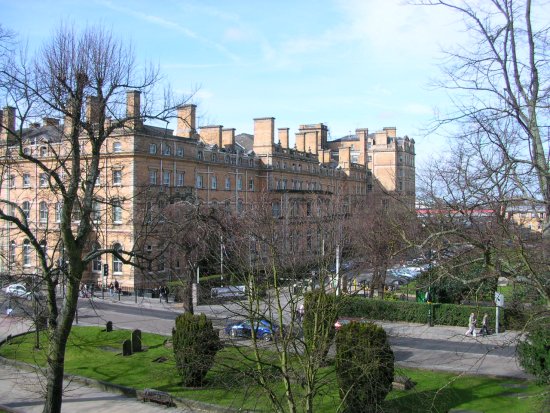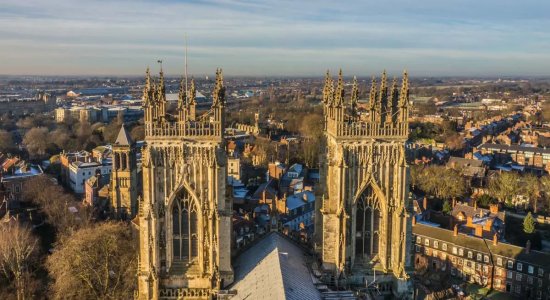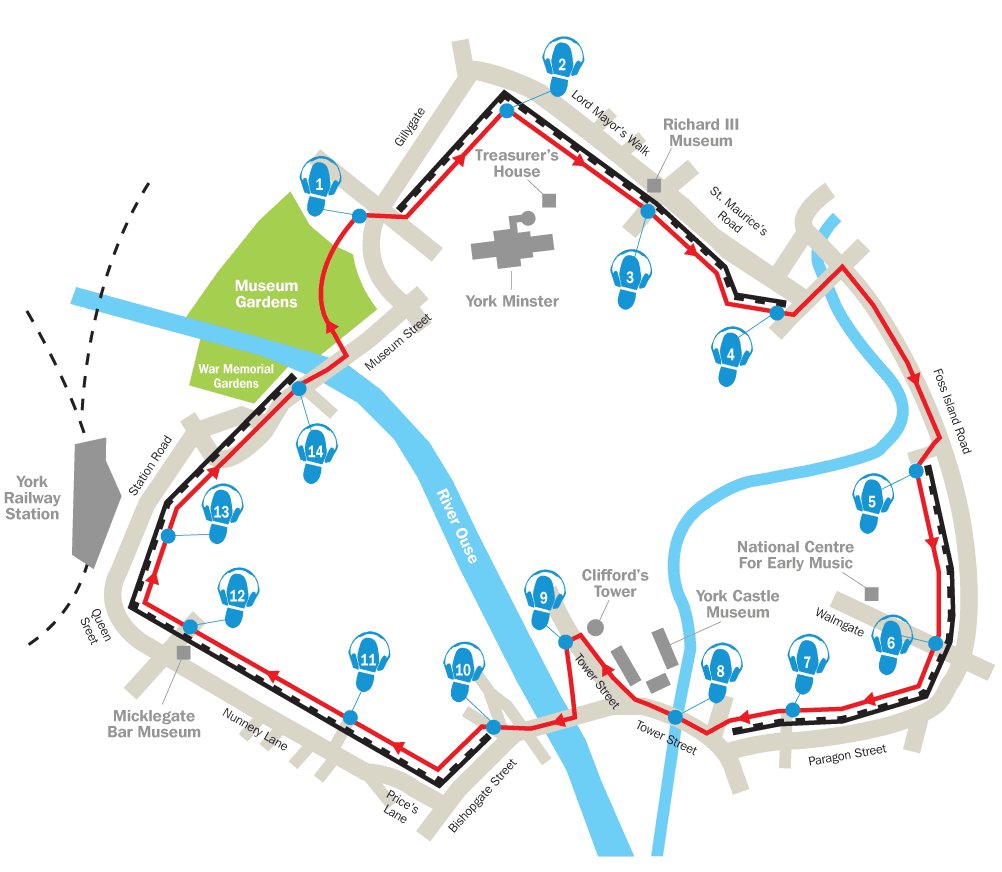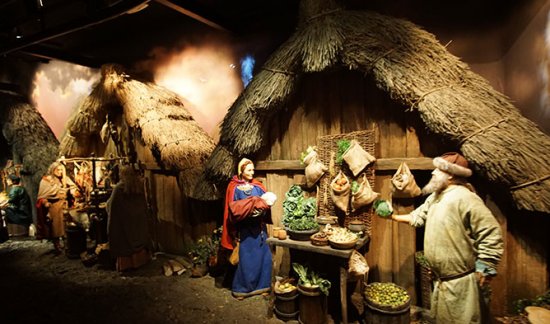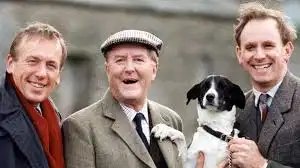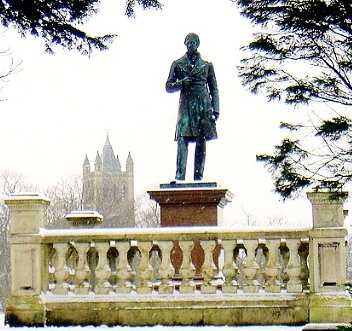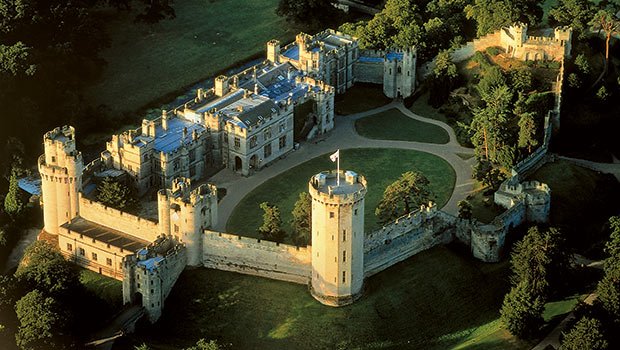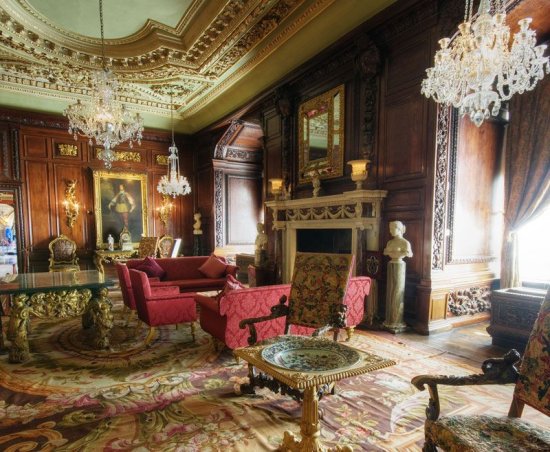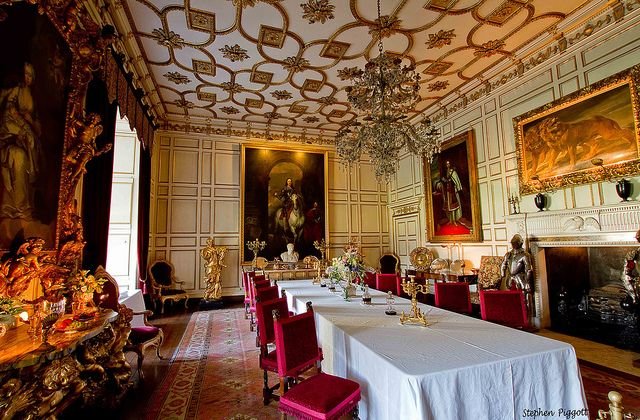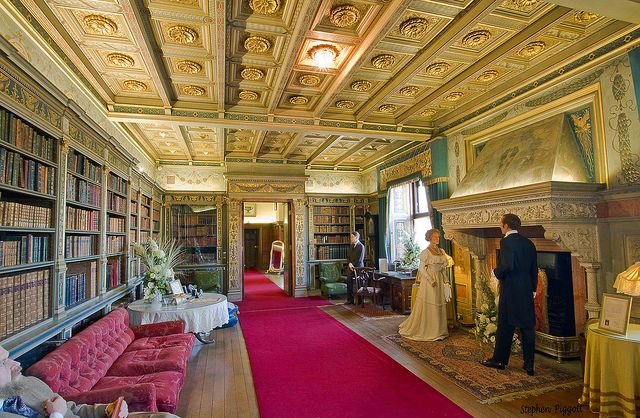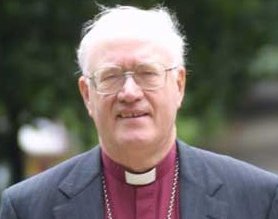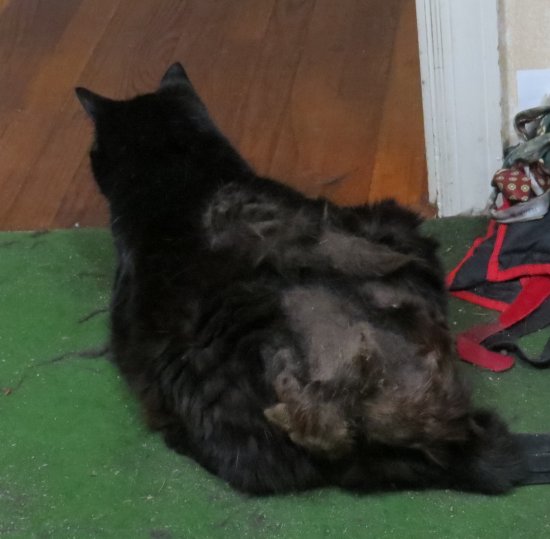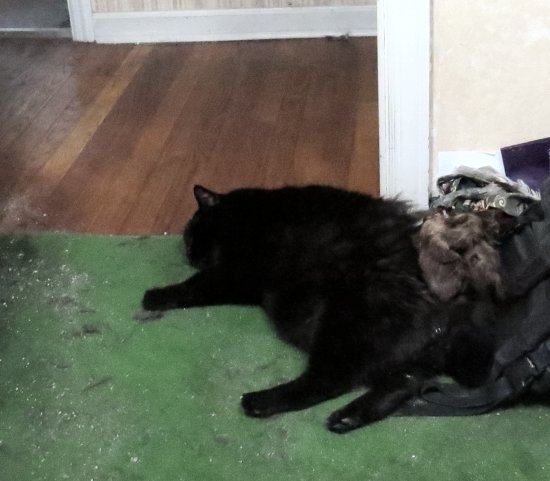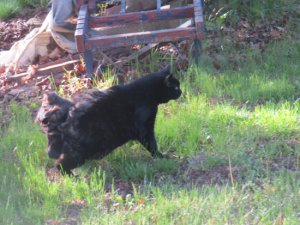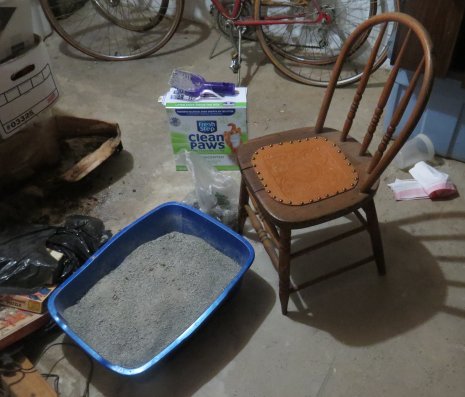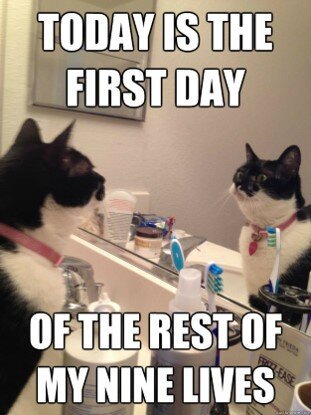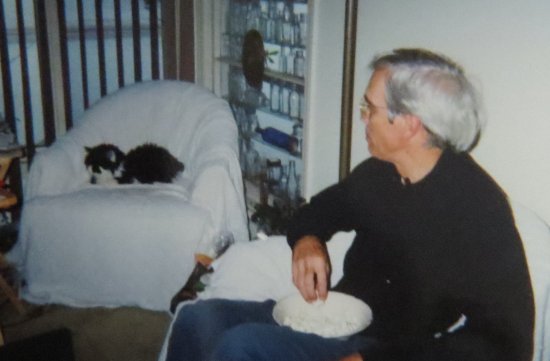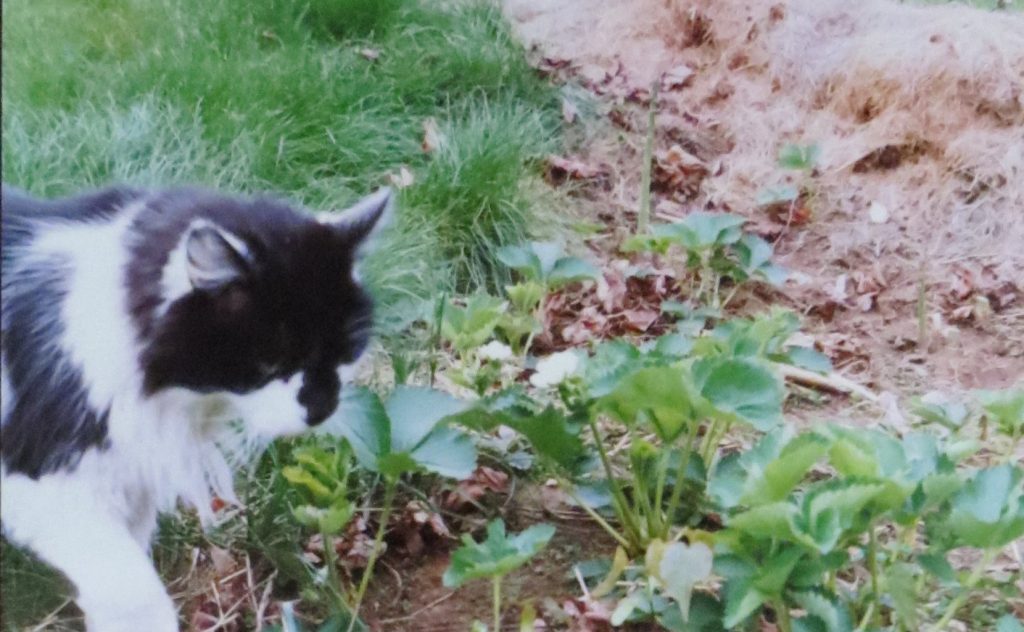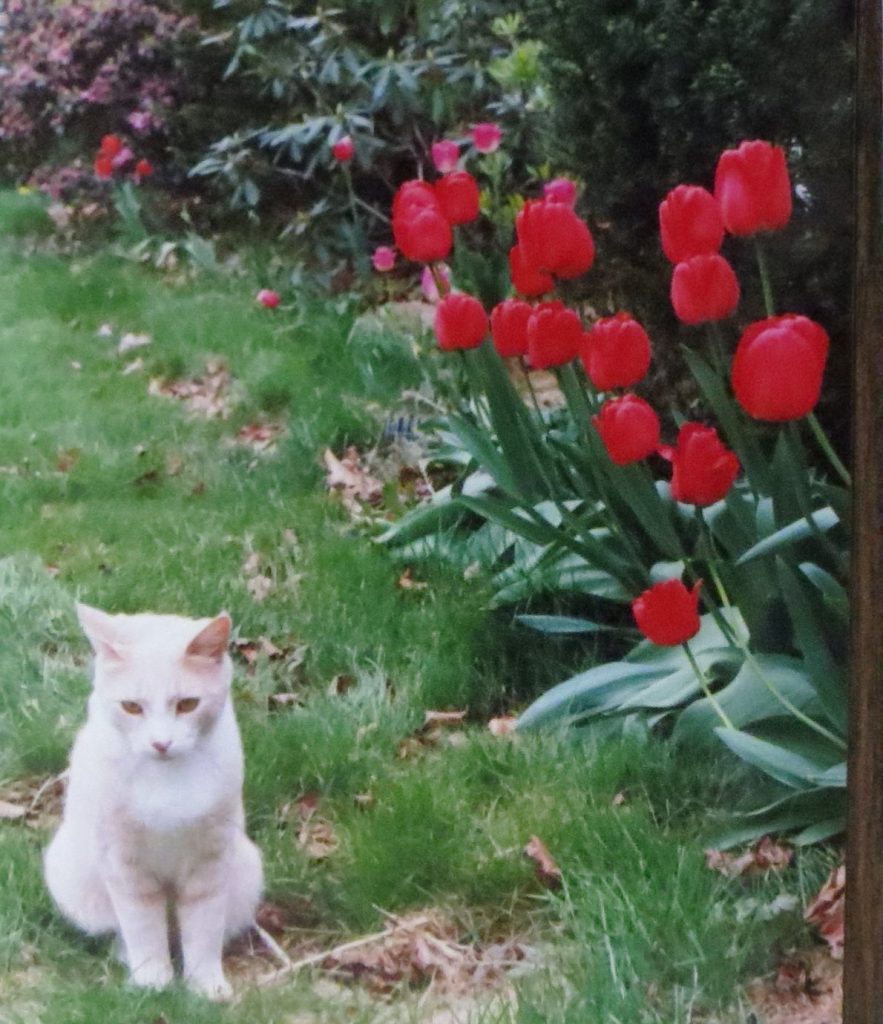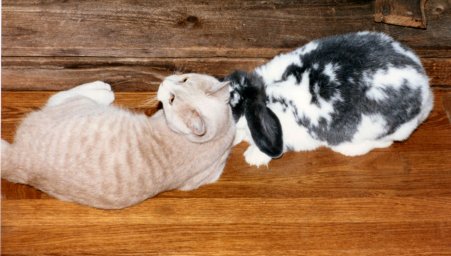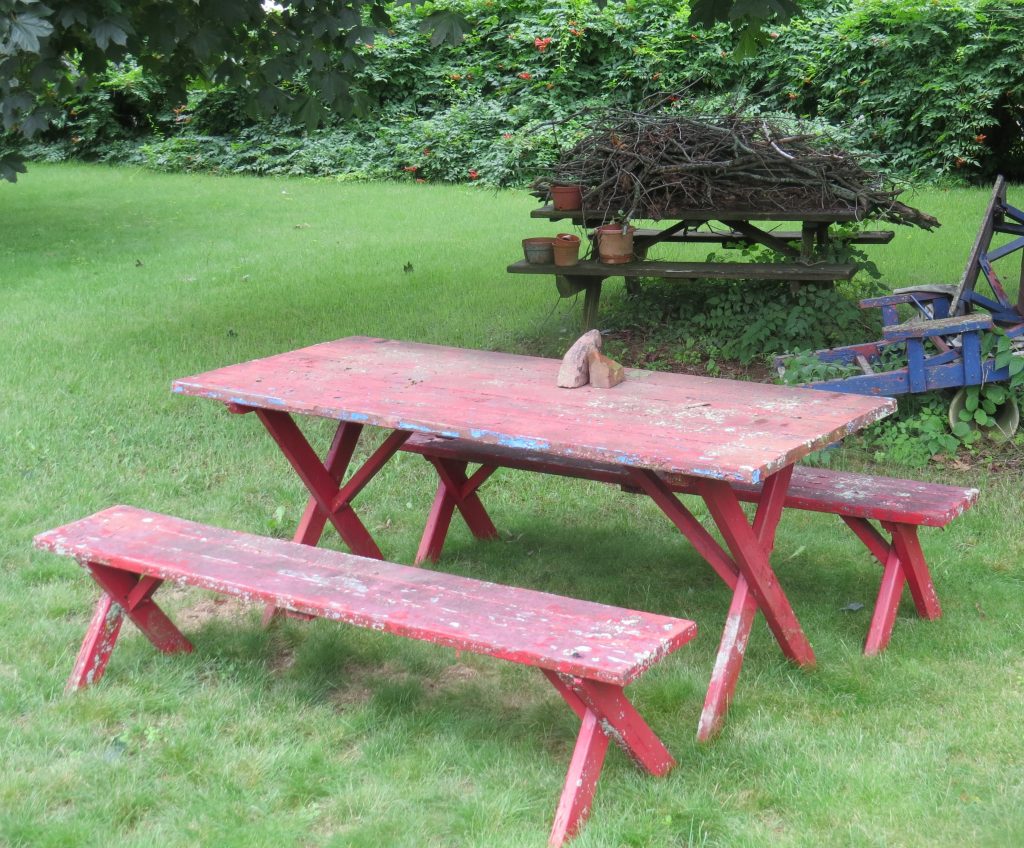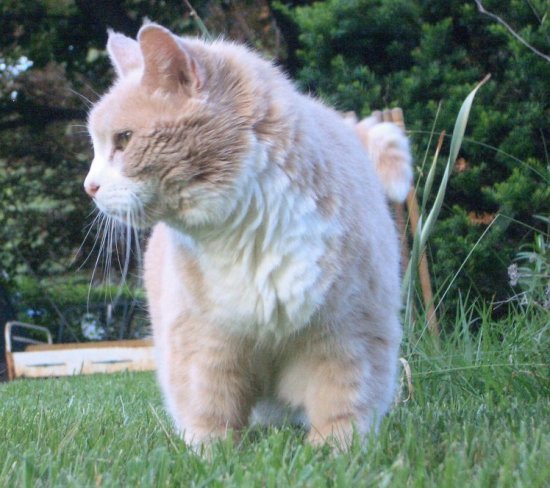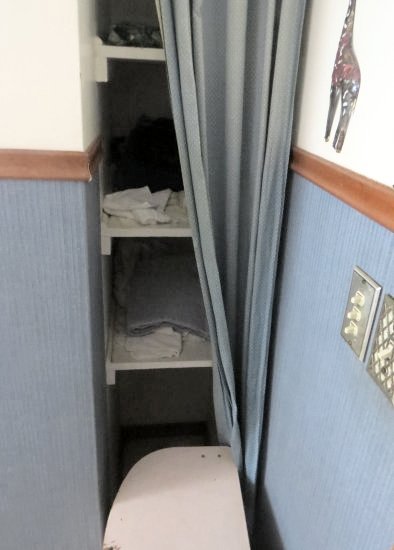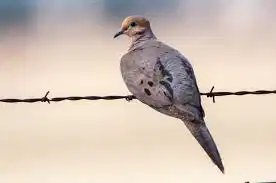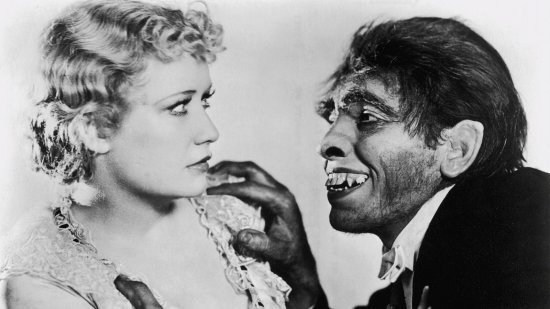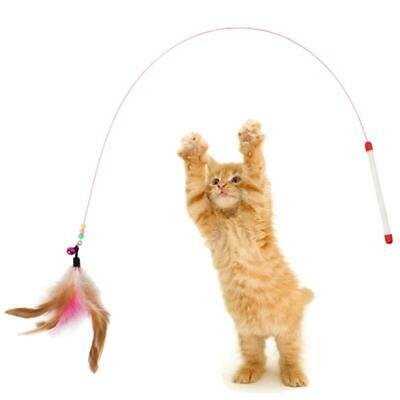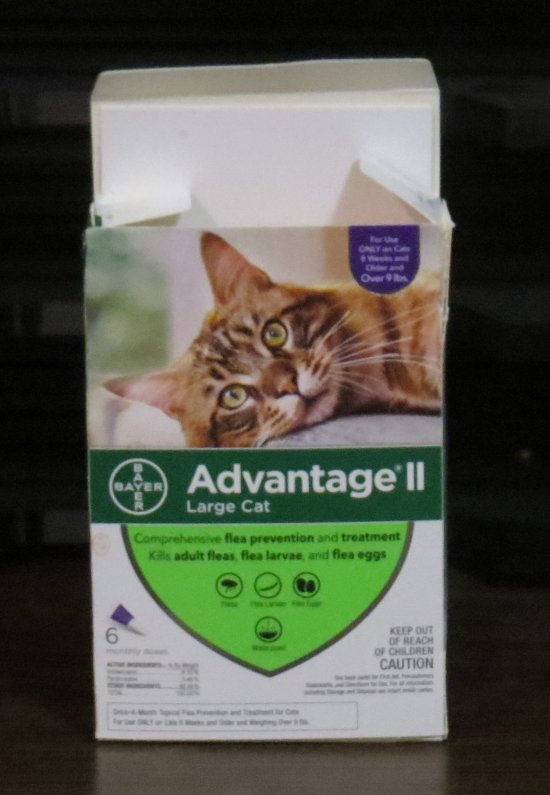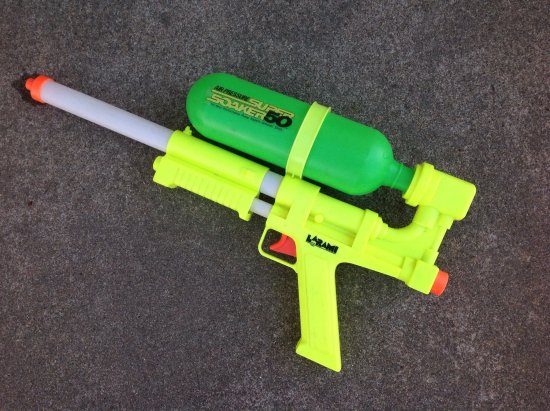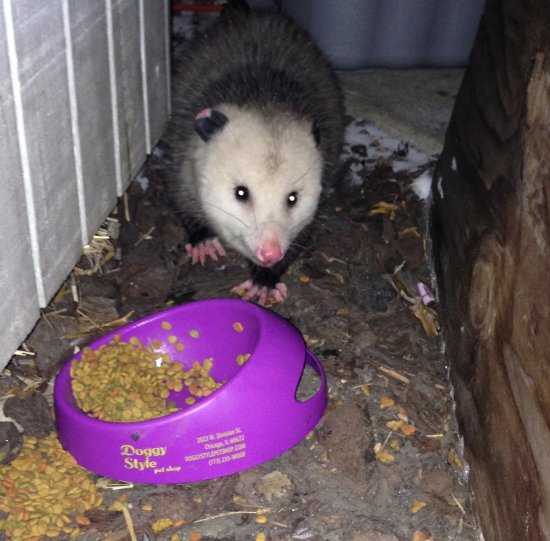Innocents abroad again. Continue reading
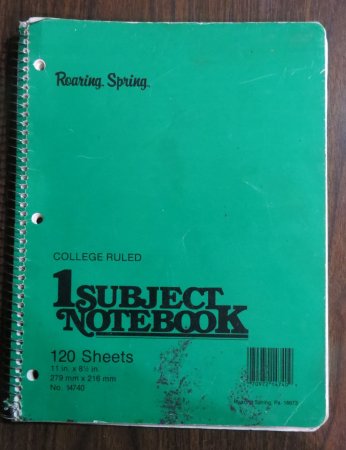
In December of 1989 I had won a story contest (described here) held by the Hartford Courant. The prize was a two-week trip for two to England!
I should mention at the outset that neither Sue nor I took any notes on the trip to England. I think that Sue must have brought her camera, but I have not located any of her photos. I definitely took no photos. So, all of the following content was based on our memories, and the photos that are include, with the sole exceptions of the tattered notebook on the right, the shot of Rocky perched on the toilet, and our souvenir coaster, were all taken by others.
I might have made a mistake in the dates, but the schedule worked out so perfectly that my confidence level is rather high, especially considering that the events happened more than thirty-one years ago.
My preparation for my first trip across the Atlantic was, by necessity, greatly inferior to my efforts for our twenty-first century vacations. Research was much more difficult in 1990. The Internet sort of existed, but there was no Google or Wikipedia. We had Cox cable in our house, but Cox did not offer Internet services until the last half of the nineties. Even AOL dial-up was still three years in the future.
Moreover, I had no time to research. The installation of TSI’s AdDept system at Macy’s in New York was entering phase two (as described here), and, at the same time, we were desperate to sign up a second large retailer to use the system that we had worked so hard to develop for Macy’s. TSI was in a rough spot. We no longer had a dedicated marketing person, and we were also quite short on cash.
We obtained a guidebook somehow, probably from the library. Sue and I decided that we wanted to see as many famous sights as possible, but, despite what I had said to Lary Bloom at the Courant, on the way we would also try to investigate some places that were related to the Arthurian legends.
Sue worked with the Jameson Travel people that the Courant had hired to handle the details of trip. The newspaper provided enough money to cover all transportation costs (including auto rental) and lodging. We had to pay for food and anything else that we wanted. Our basic plan was to eat big breakfasts at the hotels and either lunch or supper at a restaurant. The other meal would be snacks that we picked up at whatever store we chanced upon.
We had a pretty good plan with four bases of operation:
- London for three nights. Starting with our arrival early in the morning on Thursday, February 22, 1990, and ending with a car rental on Sunday the 25th.
- Wells for three nights with side trips to Glastonbury Tor, Stonehenge, Wookey Hole, and Cadbury Castle. We drove through, or at least very near to, Bath (BAHTH) on the way.
- Plymouth for two nights with a side trip to Tintagel (tin TAH gehl) and a stop in Bristol on the way to York to enable Sue to shop for miniatures on her thirty-ninth birthday.
- York for three nights with a drive through the Dales and, on the return trip to London, a short stop in Barnsley so that Sue could see Locke Park as well as an afternoon stop in Warwick Castle.
- Back to London for two nights. Since we gained five hours flying west, we would arrive in Boston at lunch time or even earlier.
The story of my trip actually begins on a February flight from Bradley not to London but to Chicago. It was an early morning United flight on Monday the 19th. For some reason most of my airplane horror stories have involved flights on United airlines. The one to Chicago, however, was quite uneventful.
From O’Hare I took a cab into town for a meeting at One IBM Plaza with some IBM sales reps who specialized in the retail sector. Some really big retailers had headquarters in Chicago. Sears and Walgreens came to mind. Marshall Fields still had its headquarters in Chicago at that point, too. I tried to explain AdDept to them, but they had trouble understanding it. I am not sure that they even realized that retailers had advertising departments.
From IBM regional headquarters I took a cab to the train station, where I bought a ticket on the next Amtrak train to Milwaukee. The schedule said that it was a ninety-minute journey. Unbeknownst to me, this train happened to be the famous Empire Builder, which went from Chicago all the way to Seattle and Portland. Union Station in Milwaukee was its first stop.
When I boarded my car, it was rather empty. I found a seat by a window, lifted my suitcase up to the overhead rack, and sat down to read.
To my surprise, a man who may have been in his sixties approached me and asked if he could sit next to me. Here was my chance. All that I had to do was to utter the word “No.” I, however, chose politeness. This would be a better story if I had introduced myself and asked the gentleman his name, but I was not that polite.
My unexpected companion explained that he and his wife were traveling together to Oakland, CA, to visit their daughter. They liked to take trains, but on long trips like this one they soon tired of each other’s company. So, they each sought out other people to sit with and engage in conversation.
The gentleman was certainly friendly. He asked me where I was getting off and, after I responded, what I was going to do in Milwaukee. Nobody could explain TSI’s unique business in just a few minutes, and my activities that day would seem confusing to anyone. I did my best, and he listened politely.
Then, without being asked, he told me that he was from a small town south of Chicago. He may have also worked the price of corn into the conversation at some point as I glanced longingly at the mystery novel balanced on my lap.
Somehow the topic worked its way around to his daughter’s marital status, which was evidently “divorced”. She had moved to the west coast and was living by herself “because, you see, he turned out to be one of them gay fellows.”
Fortunately, this revelation came just as the train was pulling into Milwaukee’s Union Station. Some other passenger would undoubtedly get to hear the rest of the story. Actually, probably several unsuspecting people would be subjected to it. In the cab from the station to my first appointment it occurred to me that the idea of sitting with strangers on the train was probably the wife’s.
My destination in Milwaukee was the office of an ad agency, the name of which I don’t remember. I met there with some people to discuss the possibility of the agency purchasing an AS/400 and running ADB, the version of TSI’s ad agency system designed for that computer, on it. The employees at the agency treated me very nicely and seemed quite interested in what the system had to offer.
At the close of the business day I took another cab to the Mark Plaza Hotel in downtown Milwaukee, which was within walking distance of the Boston Store. P.A. Bergner and Company owned that store and a large number of other department stores in the north-central states. The advertising department for the entire chain was located on one of the top floors of the store.
Before going to bed I called Sue and told her about the two meetings as well as my encounter with the long-distance rail traveler.
At Bergner’s I met with the production manager, Dan Stroman, and the loan room manager, Sheree Marlow Wicklund. Their loan room was much simpler than Macy’s. The merchandise seldom was sent to outside photo studios. One person could really run it without a computer.
We had not written a system for keeping track (called “trafficking”) of the status of the various aspects (copy, layout, art, photography, etc.) of production jobs yet. So, what Dan was interested in was a new area for me. I also met with the finance and newspaper people. More details are here.
After an entire day gathering system requirements, I left with a lot of notes in my spiral notebook, a folder full of sample reports, and my suitcase. I took a cab to the airport. I bought two Usinger’s brats for supper, spent a few minutes in the airport’s used book store, which, as I recall, had a set of Goethe’s complete works that was short a couple of volumes.
It was snowing lightly when I boarded the plane. My journey home went through Chicago. That first leg was always so short that the seat belt light was never turned off.
We had barely taken off when the pilot announced on the intercom that O’Hare Airport had just closed because of an ice storm. So, the plane was being diverted to the nearest available airport, General Mitchell International Airport, the same one from which we had just departed.
When we had landed, an agent proudly informed us that United had hired buses to transport all the passengers to O’Hare. So, evidently the airport itself was still open, even if all of the runways were closed. I was a little fearful of a bus ride in a storm that was ferocious enough to frighten the airport that was a hub for two of the nation’s largest carriers, but I really needed to get back to Enfield to attend a meeting scheduled for the next day.
The rest of the trip went as smoothly as could be expected. The bus that I was on made it to O’Hare. I had to wait in line to speak with a United agent, but I was then booked on a flight to Hartford that was scheduled to depart early the next morning.
Since the cancellation was due to the airport’s decision, United did not offer to put me up at a hotel. I had no credit cards and too little cash remaining from all of those cab rides to pay for a room on my own. So, I snatched as much sleep as I could in one of the seats that were specifically designed to prevent people from nodding off and missing their flights. I had a lot of company.
The flight the next morning left on time and arrived in Hartford on time. I took the shuttle to the airport parking lot, ransomed my car, and then drove back to Enfield.
I arrived at our house a little before noon. I called the office and told them that I would take a shower, grab an hour or so of sleep, eat lunch, and then come into work. I did not sleep much, but otherwise I followed that plan.
In the afternoon a couple from New Jersey appeared at our office. I don’t remember the details of this meeting. I seem to recall that it had something to do with our pitch for Paramount, which is described here. These people had experience with UNIX, the operating system preferred by Paramount. “UNIX” had always been sort of a dirty word in our office.
After they left I formalized my notes from my three meetings in Chicago and Milwaukee and sent letters to the people with whom I had met. That is what you had to do in the days before email. Because we were scheduled to depart for London the next evening, I left it up to Kate Behart to follow up on the phone with them.
I did not feel hopeful about the meeting in Chicago and the meeting at Bergner’s. The last meeting in our office was just a flyer. On the other hand, my hopes for the ad agency in Milwaukee were pretty high. If someone from the agency called our references, I thought that we could get it. Our clients loved us, and they always praised our work.
After supper I packed. I remember bringing along several books by Jack Vance. Chick Comparetto1 had volunteered to take care of our cats, Rocky and Woodrow, while we were absent. It was not a weighty responsibility. They had their own door. I had purchased plenty of Cat Chow. If Chick forgot to give them water, they were not shy about helping themselves to the toilet. If they got hungry, Woodrow was adept at ripping open the bag of food. They probably also had two or three survival tricks that I had not yet discovered.
We must have brought either travelers’ checks or a lot of cash on the trip. I am quite sure that we had no credit cards.
Someone drove us to Logan. I have a vague recollection that it might have been Sue’s sister Betty.
I remember nothing about the experience in the airport in Boston. Our plane did not leave until late in the evening. We must have eaten something in the airport, but it was not memorable.
We lost five hours in the flight across the Atlantic, and so it was rather early in the morning when we landed at Heathrow. We had no trouble with our luggage or with customs. That aspect of travel was much easier in those days.
We also had no difficulty finding the driver who had been hired to meet us. I don’t remember his name or what he looked like, but I recall him being very welcoming in a reserved, British manner. He asked about the contest, and he recommended that we invest £5 each in the double-decker bus tour of London.
He drove us right to the Camelot Hotel2, our home for the next three nights. It was located on or near Sussex Place quite near Hyde Park. As soon as we entered the hotel, Sue and I had the same thought: “We are staying at Fawlty Towers!” Manuel was missing, and the details were all different, but the feel was remarkably similar. I suppose that at one time there were small urban hotels run by amateurish entrepreneurs in the United States, but by 1990 they were pretty much extinct.
We had to sign the guest registry, which was a huge book lying open on a desk, not a counter. A television was on behind the desk, and—I am not making this up—an episode of Fawlty Towers was playing.
My recollection is that the hotel comprised eight or ten nondescript rooms.We found ours and unpacked. We were both tired, but adrenaline overpowered the jet lag.
The person at the desk told us where we could catch a double-decker bus. We left our oversized key at the desk, walked to the location described to us, mounted to the second level of a bus, and took the tour. It was, as our driver had promised, a good way to get a feel for the city.
I don’t remember where we ate lunch, but afterwards we took a stroll in Hyde Park. It was very relaxing. I was surprised to see that people still used the Speaker’s Corner as a public pulpit. At some point an interesting thought popped into my head. I looked at my watch and then remarked to Sue, “Do you remember that guy on the train to Milwaukee that I told you about? I just realized that he is still on that same train.”3
That evening we walked a few blocks over to Baker St. I don’t remember what our motivation was originally, but when we arrived there we naturally tried to locate 221B. It didn’t exist. Moreover, there was no 221 at all.
We did find a steakhouse near that location, and, although we knew that the English were not famous for their cuisine, we gave it a try. The restaurant had a sound system that played pop tunes. The one that was playing as we walked through the door was “Baker Street” by Gerry Rafferty, which had been released twelve years earlier. The coincidences on that day were truly unbelievable. The food was OK, and Sue and I had fun trying to name the other songs. “Baker Street” never came up on the sound system again.
I only remember one other restaurant that we patronized in London. It was a Greek restaurant4 that was a block or two from the hotel. My recollection is that it was in the basement of some building, but I may be wrong. I distinctly remember that the food was absolutely delicious, by far the best of any of the food that we ate in England. I also remember that there were only two other people in the restaurant. They were seated at a table as far from us as was possible. They seemed to be just chain-smoking, drinking coffee (or something in coffee cups), and speaking in Greek. I struggled to hear a familiar word or phrase, but since the only Greek I knew then was thousands of years out of date, the task was hopeless.
In London we walked and/or took the tube everywhere. I thought that London’s Underground system was wonderful. It was so easy to figure out. I was used to the mass transit systems in New York and Boston. They were both haphazard and uncomfortable by comparison. I even bought a tee shirt advertising the London Underground. Here are things that I remember Sue and me doing in London:
- We definitely went to the British museum. I was thrilled to see the real Rosetta Stone there. It was right out where you could touch it. They had lots of other stuff, of course, but the most memorable for me were handwritten lyrics by John Lennon and Paul McCartney. Those were definitely kept in cases where no one could touch them. I also remember the pigeons on the steps. There must have been a thousand of them.
- We spent the better part of a day at the Tower of London. I was very impressed by the armory and the Yeoman Warders in their fancy dress. I had no use for the massive collection of shiny rocks, but others stood in line for a chance to adore them. One of the few souvenirs that we bought on the entire trip was the coaster shown on the right.
- We walked to Buckingham Palace, but we did not watch the changing of the guard. It was chilly that day. While we were in the vicinity, we went to Westminster Abbey and were a little grossed out that so many people were entombed there. I guess that they have to put the cadavers somewhere. We also saw Parliament, #10 Downing Street, Big Ben, and the Thames.
- Sue wanted to visit St. Catherine’s House in London to look up information about some of her ancestors on her mother’s side, the Lockes and Kings. I didn’t go in with her. I don’t remember what I did, but just looking in windows is quite entertaining in London. I think that I might have found a bookstore.
- We were very impressed with the retail on Oxford St., which I found much more exciting and dynamic than the stores on Fifth Avenue in New York.
- The ducks in the ponds in Hyde Park were very striking. They had complicated and beautiful markings. Neither of us had seen the like, not even in zoos. I also really liked the coots. Their oversized feet impressed me.
- From Hyde Park we could see both Kensington Palace, which at the time was the home of the Prince and Princess of Wales, and Royal Albert Hall. We didn’t visit either one. It probably would not be cool for someone from the Colonies just to drop in on Chuck and Di, and we already knew how many holes it takes to fill the Albert Hall.
We did not find that being a pedestrian in London was too difficult. At the enormous intersections there were usually pedestrian subways. The hardest part for us was remembering to look to our right first when attempting to cross a side street.
On our very last night in England we went to see Agatha Christie’s play, The Mousetrap, at St. Martins Theater. It was very enjoyable. Maybe we should have tried something a little more daring, but I am very happy to say that I viewed this play when it was only in the thirty-eighth year of its record run.
The worst part of our entire trip began when we picked up the rental car. I think that the travel agency provided us with transportation to the car rental agency. It was only then that Sue revealed that she had specified a standard transmission car, and she was afraid to try to drive it. So, I needed to learn how to shift with my left hand on a perilous journey from the very heart of London to the M4 during the morning rush hour.
I made many mistakes. Other motorists even honked at us a few times, probably the only horns that I heard while we were in the U,K. The British seemed more reluctant than their American counterparts to draw attention to bad driving. Embarrassed and frustrated, I did manage to get the car onto the freeway without causing any accidents.
A little west of Reading Sue suddenly announced, “There he is! I just saw a bear!”
Intent on my driving, I dared not gawk. I took a quick peek in the direction that she pointed. I saw nothing. At the time I did not know that bears had been extinct in England for fifteen hundred years. It probably was just an ordinary Bigfoot.
We took the M4 almost all the way to Bristol. Driving on the M roads in England was no more challenging than driving on interstates in the U.S. However, when we exited from the M4, the rest of the drive was on the A roads, which were very narrow by American standards. I remember that when we drove through the outskirts of Bath I was fearful of scraping against the stone walls that formed the border of the road. Fortunately, we encountered very few cars coming in the opposite direction. When we finally reached our destination in Wells, I was happy that the trip was over and more than a little anxious about the next nine days on the road.
In Wells we stayed at the Red Lion Hotel, which is described here. I think that the building at some point was converted to other uses. I remember that our room had a four-poster bed. I had seen them in movies, but I don’t think that I had ever slept in one.
We spent the rest of that first day in Wells exploring the town. The focus of attention was definitely the huge Gothic cathedral that is dedicated to St. Andrew the apostle. Although it is now the see of the Anglican Bishop of Bath and Wells, it was constructed in the late middle ages when England was a Catholic country. It seemed totally out of place. Wells is little more than a village, and the cathedral is actually set apart from the town. I would have expected the town to have grown up around it.
The Bishop’s Palace was equally awesome or perhaps even more so. His Lordship George Carey5 evidently was not apprised of the arrival of the esteemed visitors from across the pond. We saw his home from a distance, and we were even treated to the sight of some episcopal long-johns hanging out to dry. However, we were not invited into the palace grounds where, according to Wikipedia, croquet games are rather common. I would have loved to hear someone explain the rules of the English version of the game.
A word about the weather: Although all of England is well north of New England, the weather in late February and early March was much nicer than what New Englanders would expect. It seemed more like mid-April. Flowers were out, and the grass was green. We wore jackets every day, but we were seldom cold. We also were lucky not to encounter much rain.
For me the most interesting feature in the town of Wells was the memorial on the sidewalk to Mary Rand, a resident of Wells who won the gold medal in the women’s long jump in the 1964 Olympics in Tokyo. The plaque measured out the exact distance that she jumped.
What I remember most about those days was the driving. No matter which of us was at the wheel, both of us became irritable. For some reason the roundabouts gave us the most difficulty. It was bad enough to have to remember to go clockwise. The big problem, however, was the signage. The highway numbers were seldom provided at the exits. Instead a sign displayed the name a town that was somewhere on that section of road. This was, I am sure, useful for people who knew where all of those towns were, but they did not help us at all. Furthermore, it seemed as if at least half the time the name on the sign was “Taunton”, and visiting Taunton was not on our agenda
I am not sure where we went on which days, but I am sure that we went to all of the following places:
Our guidebook described a place called “Cadbury Castle”. It was supposedly someone’s idea of where Camelot (or maybe Camalet) was. We had a lot of trouble finding it. Finally we came upon the village of North Cadbury. We asked someone at a pub where Cadbury Castle was, and they directed us down a one-lane road that was actually just two tracks. Those were the last humans that we encountered on this adventure.
We went as far as we could by car. We stopped the vehicle, locked it, and set off on foot.
Ahead of us were two troughs, a lot of thick underbrush, and a formidable grassy mound. We made our way through the underbrush for thirty or forty yards. Sue got attacked by stinging nettles and was forced to retreat in agony.
In those days if there was a hill in front of me, I climbed it. I made it to the top of this so-called “hillfort”, but I saw no trace of a fort. On the top of the hill a dozen or so cows were peacefully grazing. They ignored me. I could also see Glastonbury Tor in the distance. That was something, I guess.
To be fair, I should add that the sun was out. The legend is that on a misty day you can see the Once and Future King and his famous knights.
When we arrived back at the hotel, Sue asked someone what to take for stinging nettles. They informed us that the best treatment was a plant called “dock”, which always grew near the nettles. That was not in our guidebook.
We also drove to Glastonbury Tor, another ancient hill in Somerset. A lot of people think that this is a magical place. it certainly has an unusual shape. Evidently in the middle ages a monastery was there. Legends abound about it being associated with King Arthur, but there is a dearth of evidence.
I don’t remember a lot about our visit here. I don’t clearly recall the tower at the top of the hill at all. Therefore, I was skeptical as to whether I climbed to the top. Sue, however, has told me that I did. Evidently I don’t remember the tower because no one was allowed to enter it. Therefore, its distinguishing feature—no roof!—was not visible to me.
Sue also reported that a dozen or so New Agers were busy absorbing Glastonbury’s vibes.
The good thing about it was that the town of Glastonbury was actually fairly easy to find. I can’t say that about most of the other sights in Somerset. We had a devil of a time finding Stonehenge. Surely, there must have been a lot of tourists who wanted to see these big old rocks. Nevertheless, there was precious little signage to indicate their location.
We did find it, but it was probably the biggest disappointment of the entire trip. At the time no one was allowed to approach, much less touch the stones. I don’t recall that we ever were within one hundred feet of them. I honestly think that we would have gotten more out of a film about the place.
By this time we were getting rather tired of driving around Somerset searching for legendary hills and ancient inanimate objects.
Our last stop in Somerset, however, was delightful. Wookey Hole is a set of caves that are located just a few miles to the northwest of Wells. We knew about the caves from the guidebook, but we were surprised by the fact that there were actually other really enjoyable things to see and do nearby.
The caves were quite interesting. We took a little tour with a local guide. The best part of it was the way that she pronounced Wookey Hole. The first syllable was at least a fifth higher than the rest of the name. Since we had heard no human speech anywhere near any of the other attractions in Somerset, it was nice to have someone explain the geology of the caves.
In addition to the natural formations, someone had constructed a small museum6 that emphasized a few diverse elements of the culture in and around Wookey Hole.
The paper-making demonstration was the most educational. Until then I had absolutely no idea how trees and rags were turned into paper. The penny arcade machines were also something that I had never seen before. Visitors could even play the games using old-school pennies that they could buy there. The carousel section had complete carousels (going clockwise, of course), as well as stunning individual statues. I remember seeing a beautiful lion, but I was unable to find a picture of it on the Internet.
Sue and I found our visit to Wookey Hole both fun and relaxing. We then undertook the drive up to Cheddar Gorge. I am not sure why we did not stop here. Sue absolutely loves cheese. In retrospect I have trouble understanding how she could have resisted the temptation to stop and sample one of her favorite cheeses.
Our next destination was Plymouth, which is a genuine city on the south coast. On the way there we took a slight detour to drive through Exmoor, which includes some really diverse and beautiful areas.
Our hotel in Plymouth was not as memorable as the first two. I have a vague recollection that it also had a restaurant. We took a short pedestrian tour of the city, mostly so we could say that we had seen the spot from which the Pilgrims departed.
I remember that at the restaurant I was served some Devon Cream. I had never had this before and remarked about it to Sue. My face must have registered disgust because the waiter rushed over to ask me if there was something wrong. This, by the way, never happens to me in the U.S.
The main reason that Sue and I bothered to come this far west was to have somewhere to stay while we ventured to Tintagel, the ruins of a real castle in Cornwall on the Atlantic coast.
Tintagel7 was definitely worth visiting. However, it was a difficult drive from any direction. Furthermore, a fairly long walk was (and evidently still is) required to reach the ruins from the parking lot. We went there in February, and a very cold wind was blowing in off the Atlantic. We did not get as much out of this experience as we might have if the weather had been nicer or we (i.e., Sue) had been in better condition. We did get a look at the castle ruins and Merlin’s cave. The view of the ocean was stunning.
I am not sure about this, but I think that we decided not to drive directly back to Plymouth. Instead we headed to Barnstaple, a city with which we were familiar from playing the British Rails game. All of the cities in this section are at the base of a very high cliff. This accounts for the peculiar fact that all of the rivers flow to the south.
On Sue’s birthday we left from Plymouth with the intention of reaching York by supper time. I asked Sue what she wanted for her birthday. She said that she wanted to shop for miniatures at a store she knew about in Bristol. So, that is what we decided to do.
Somehow we came up with an unusual plan. We drove to a location on the outskirts of Bristol, which in 1990 had about 400,000 inhabitants. We parked the car and took a city bus downtown. Sue somehow knew which bus to take and the stop at which we needed to exit. When we got off of the bus, Sue looked around but could not see any familiar buildings or street names.
She did find a Dr. Who-type phone box (not booth in England). Somehow she figured out how to make it work. She called the store. The woman who answered asked her what she could see from the phone box. Sue told her. The woman merely said two words: “Turn around.”
Sure enough, Sue found herself looking at the miniatures store. She went in; I did not. I had enough trouble—even at that age—dealing with full-sized objects. While Sue was shopping for tiny things, I walked around and looked in windows. If I discovered a store that sold books or games, I probably went inside. I don’t think that I bought anything, but Sue definitely did. Good! It was her birthday.
We somehow caught another bus that brought us back to the car park. We fired up our vehicle and easily found our way back to the M5. Sue received one more present. We got off of the throughway at Cheltenham and drove through the Cotswold country to Bourton-on-the-Water the home of the Model Village. It took about half an hour.
I probably would not have made this side trip if I had been by myself. However, Sue has always felt a special attachment to the Cotswolds and particularly its thatched roofs. The Model Village itself is definitely worth seeing once. It was a nearly exact replica of the real Bourton-on-the-Water within which it resides. What I found the most interesting was that the model itself is indeed modeled at the same one-ninth scale. I naturally wondered if that model included a one-eighty-first model of the model and so on. I mean, some people write on grains of rice; what is the limit?
My attitude might help explain why, although everyone likes working with me, nobody ever asks me to go anywhere with them.
The remainder of the trip to York was uneventful. We stayed for three nights at the Royal York Hotel, a huge very old hotel near the train station. In one way I was glad that we did not go any further north. The people in the north spoke perfect English, of course, but the accent was so strong that it was difficult to understand.
The other memorable supper that we ate might have been our first night in York. I don’t remember the rest of my order, but the vegetable was broccoli. It had been cooked so long that it had turned grey. The waiter, who had emigrated from Greece, noticed my horror. He told me that the English always overcooked the vegetables. I conversed with him a little. I told him that I had taken ten semesters of Homeric and Attic Greek in high school and college. He did not seem too impressed. He probably knew that these classes would not have helped me understand him. I later learned that while modern Greek grammar has not changed much through the millennia, the vocabulary and pronunciation had evolved drastically.
I think that Sue let me do most of my exploring of York on my own. While I was out walking around the city I think that she visited the Railway Museum, which was very near the hotel.
I remember visiting the stunning York Minster, which was awesome both inside and out. It must surely be the most impressive church in England. I am quite certain that I climbed as high as they allowed in the ancient cathedral. The view of the city and the countryside was breathtaking.
I also walked around atop the ancient stone walls of the city. I cannot remember whether I made it all the way around, but I recall thoroughly enjoying this experience.
York was such a delightful old city. It was very pleasant to experience it both from street-level and from above.
Sue and I definitely visited the Jorvik Viking Center8 together. This museum emphasized the history of the area before the arrival of the Normans in the eleventh century. Many lifelike displays depicted the lifestyles of the Vikings who inhabited the area. The details were based on archeological excavations that produced thousands of objects.
We also went for a drive in the Yorkshire Dales that we knew from the television series All Creatures Great and Small. We stopped at a house or store for some reason. We talked with a lady there who used the word “fortnight”. I told her that no one in America ever used the word. She asked me what Americans said instead. She seemed mildly surprised when I replied “two weeks”.
After we left York we made two stops on our way back to the Camelot Hotel in London. The first was in Barnsley, where we searched for Locke Park, named after one of Sue’s relatives, a railroad magnate named Joseph Locke. We stopped to ask for directions. We were told that it was at the corner of Locke and Park. Where else? Sue is not a direct descendant, however. Joseph and his wife Phoebe had only one child, whom they adopted.
Our second stop was at the fabulous Warwick Castle. This stop was recommended by one of TSI’s clients, Mary Lee Pointe at Avon Old Farms School. I had mentioned to her that we were going to England and wanted to see at least one castle. She said that sh had visited several of them, and Warwick Castle was the most interesting.
The castle and its grounds made a fitting end to our motoring excursions. I cannot imagine a more awe-inspiring setting that was matched by the opulent displays in the interior. As I recall, we had a picnic lunch together on the grounds.
We made a memorable pit stop on the way to London. The facilities themselves were mediocre at best. What got my attention was a sign at the entrance demanding “NO FOOTBALL COACHES.” A “coach” to Brits was a tour bus. “Football” referred to the game called soccer in the states. So, the rest area actually prohibited busloads of soccer hooligans.
We managed to locate the car rental agency in London. I don’t remember how we got ourselves and our luggage to the hotel for the last two nights.
I don’t remember which of the activities that I listed in the first London section were actually performed on our last full day in London. I am pretty sure, however, that, as I mentioned, Sue and I attended the theater on our very last evening.
“Memorable” is definitely the right word for this”‘fortnight” in England. I can hardly believe how many things we did and how vividly they have remained in my memory and Sue’s—with no notes at all. How times have changed! It is now a titanic struggle for both Sue and me to recall what we did the day before yesterday.
One thing that I cannot remember clearly is what we did about the business. In the course of the two weeks, we must have called the office at least four or five times. I cannot recall needing to deal with any pressing problems.
1, Chick Comparetto was the father of Sue’s first husband. He lived less than a mile from us. He died in 2020. His obituary is here.
2. Alas, there is no longer a Camelot Hotel in London, and I was not able to identify any hotels that might be successors. Perhaps the building was converted to some other use.
3. This is my favorite shaggy-dog story of all time, and it is 100 percent true.
4. I think that this restaurant might still be in business in 2021. A restaurant called Halepi seems to be in the right location, and everything mentioned on its website, which can be visited here, rings true.
5. His Lordship George Carey became Archbishop of Canterbury, England’s ranking clergyman, in the following year. He retired in 2002. Like most bishops everywhere he got entangled in scandals about reporting clerical sexual abuse. In 2017 he resigned his last formal relationship with the church, which meant that he was no longer allowed to officiated at services.
6. Not many people were at Wookey Hole when we visited. I remember thinking in 1990 that this place needed some good old American marketing. Maybe Ambrose could have helped. Subsequently it has been Disneyfied into a real touristy place. Check out its website here.
7. Tintagel has changed in the three decades since we were there. A visitors’ center has been added, a footbridge has been constructed, and someone was allowed to carve a gigantic image of Merlin’s face on the side of the cliff.
8. The Jorvik Viking Center is still in operation. Its website is here.


